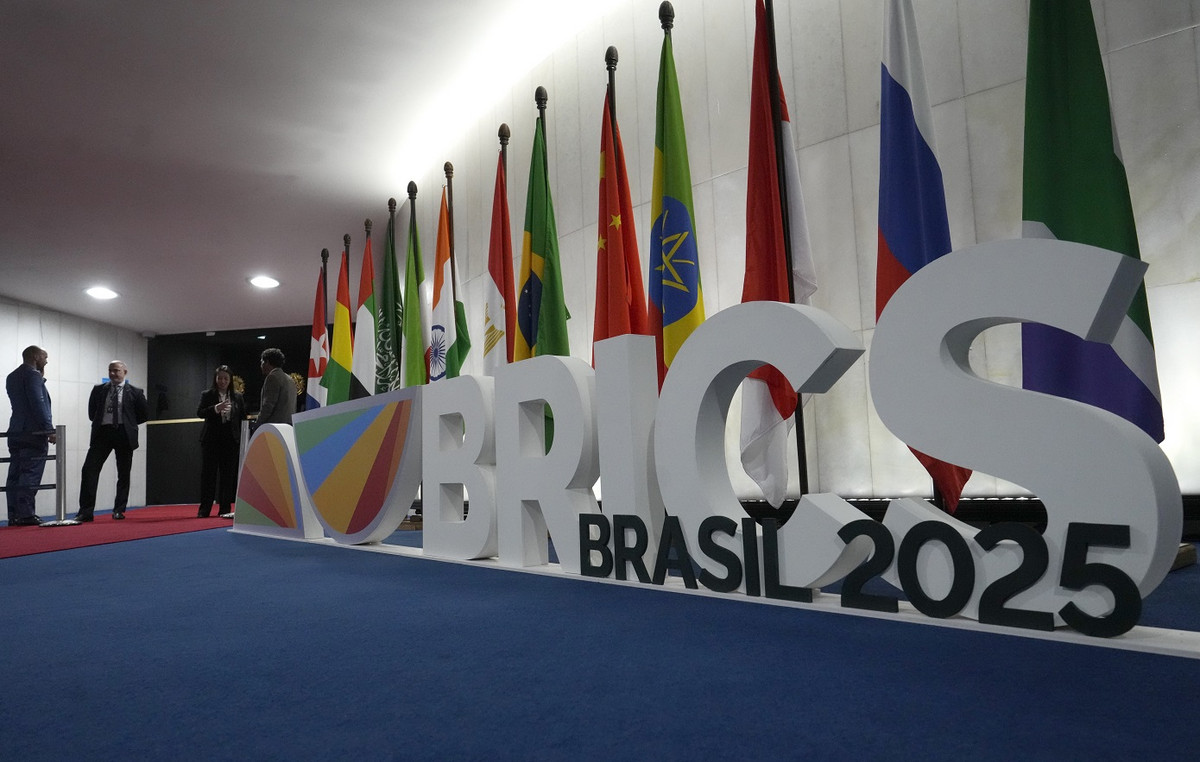The return of a subsidized credit policy at the National Bank for Economic and Social Development (BNDES) is one of the great fears of economists, investors and financial market analysts with the return of Luiz Inácio Lula da Silva (PT) to the presidency of the Republic.
The confirmation of his co-religionist and former minister Aloizio Mercadante for the presidency of the public development bank, last year, was not well received and did not help to improve moods.
Behind the fear is the soaring public debt in the early 2010s that the billionaire BNDES deficit loans helped to foster, alongside the low effective returns that these credits generated for the economy, as various studies that came after tried to measure .
In recent interviews, Mercadante and his future directors have stated more than once that they have no intention of subsidizing the bank’s interest rates again or using money from the National Treasury – and therefore from taxpayers – for this. When contacted, the BNDES reaffirmed the information to the CNN .
Still, the market won’t be fully convinced until concrete actions start to appear.
“It’s no use coming in and saying that there won’t be a subsidy, but that you want lower interest rates”, says economist Elena Landau, who was director of privatizations at the BNDES during the government of Fernando Henrique Cardoso (1994-2002).
“Lower how? How are you going to do it? Who will finance it, where will this subsidy come from, will it actually have a social return? In order to carry out real public policy, there must be transparency. So, while the presidents – the President of the Republic and the BNDES – do not explain how this will be done, we cannot assess it.”
In a note, the BNDES told the CNN that “there is no fiscal space and the use of National Treasury resources for BNDES financing is not on the agenda of the new board of the Bank”. The statement also stated that “the return of the TJLP is ruled out by the new board”.
Cheapest credit promise
On Tuesday (31), during a visit to the Brazilian Federation of Banks (Febraban), Mercadante assured that “the BNDES does not need and cannot receive subsidies from the Treasury”, but that it is necessary to think about a TLP, the interest rate official bank interest, lower, especially for micro and small companies.
“There is room to reduce this rate and we want to do this together with Febraban. It has to be a bill. It has to be approved by the National Congress. It needs a careful technical debate”, defended Mercadante, who has his official inauguration in the presidency of the state bank scheduled for this Monday (6).
Change in interest
The TLP – Long Term Rate – was the new interest rate created for the BNDES in 2018, replacing its predecessor TJLP, which brought with it the history of loans made at lower interest rates than the Selic, the basic interest rate of the economy and also the basic cost of raising funds from the National Treasury and the BNDES itself to finance its credit operations.
That is, the bank granted credit to large and small companies in its clientele at lower interest rates than what it paid to raise its funds. This was the main mechanism of the program created in the financial crisis of 2008 and named PSI – Investment Support Program.
The result was a debt of around BRL 400 billion with the National Treasury accumulated between 2008 and 2014, period in which the subsidy program lasted.
The idea of the new TLP was to adopt a logic closer to the market to the interest rates adopted by the public development bank. It is composed of the variation in inflation, measured by the IPCA, plus a fixed rate that follows the same rate practiced by public securities in National Treasury Notes (NTN-B).
Currently, the TLP is at IPCA + 6.08% per annum. In the 12 months through December, the IPCA accumulated 5.8%.
The pressure on the rate caused by the recent spikes in inflation, which rose above 10% at the worst times, even caused discomfort in the companies borrowing these credits and raised debates about the adequacy of the TLP.
Even so, the return of the TJLP and the subsidies that came with it remains the worst nightmares of a large group of economists.
“The TLP was a huge gain for the country”, says economist Claudio Frischtak, a partner at Inter.B business consulting and a consultant to the World Bank in business and public policy.
He was one of the authors from a study done for the World Bank still in 2017 evaluating the benefits of the BNDES abandoning the TJLP at the new interest rate without subsidies.
The disincentive to the entry of other banks and competitors in the credit market for companies was one of the effects detected by the researchers in the years of subsidized BNDES.
The strengthening of the capital market as an alternative for financing companies, through, for example, debentures or the issuance of shares, is, on the other hand, a positive effect highlighted by the end of subsidies.
“Was the TJLP cheaper? Of course, everyone wants subsidized credit. The problem is the cost to the country. They are Treasury resources that could be going to other things. And it’s not just a tax issue. It is necessary to know the social rate of return for this and the targets, that is, what companies are going to do with this credit.”
contested benefits
Among the surveys that tried to track the returns obtained for the economy with the billionaire account of BNDES subsidies, there is a study carried out by the consultancy BRCG and which served as the basis for a report released at the end of last year by the Council for Monitoring and Evaluation of Public Policies (CMAP) of the Ministry of Economy.
The calculations showed that the return exists, but it is small: each BRL 1 borrowed by the BNDES, between 2008 and 2020, gave rise to a value of BRL 0.15 to BRL 0.25 in investment made by the companies that received the credits.
“The return exists and is positive; it’s not zero, it’s not negative”, says BRCG partner Livio Ribeiro, one of those responsible for the study. “But this is only a partial assessment. It is also necessary to look outside the verified firms to have a broad analysis of the impact of that public policy on well-being.”
A second stage of research, with this expansion, is underway by the team – “and preliminary results indicate that the effects [dos empréstimos subsidiados] for well-being are negative”, according to Ribeiro. “Socially, we lose money.”
The idea, he explains, is to observe how much the benefit of cheaper credit for the company that receives it does not generate imbalances in its surroundings and, with that, it ends up worsening, instead of improving, indicators such as unemployment, collection or the growth of the GDP itself.
“The company in the same sector that did not receive that subsidized capital contribution, while others did, has to deal with a new competitive reality”, says the economist. “They may have lost investments, jobs, created conditions for society that are more negative than the gains observed by the companies they received.”
Another 2019 study from the Institute of Applied Economic Research (Ipea) showed that BNDES loans played an important role in reducing companies’ mortality: the survival rate among those that received credit from the bank was higher than that of the others.
The comparison, however, changed little when other factors were evaluated, such as the size of the interest, the term or the amounts borrowed.
“For the company it may not make much difference to have a lower interest rate, that is, it does not necessarily need a subsidy”, said one of the authors of the research, economist and professor at the Catholic University of Brasília (UCB) Philipp Ehrl.
“For her, the most important thing is to get something to survive and have access to that money in hand, especially for small companies, which have greater difficulties in obtaining financing.”
BNDES: “More stable TLP”
In reply to CNN in addition to having stated that both the subsidies and the return of the TJLP are ruled out, the BNDES also explained, through its press office, that what is under discussion with the change of direction are “mechanisms to make the BNDES TLP more stable and closer to Selic”.
“It is not about returning to the subsidy pattern of the past”, said the bank, in a note, “but about a more competitive interest rate for micro, small and medium-sized companies”. The idea, they said, is to open a debate about it involving “the Ministry of Finance, the National Congress and also the financial system”.
“Currently, this rate [a TLP] presents enormous volatility and represents a financial cost above the cost of the federal public debt, which unnecessarily penalizes these companies, which have a great impact on the generation of jobs and income for the Brazilian people”, completes the note.
Source: CNN Brasil
I am an experienced journalist, writer, and editor with a passion for finance and business news. I have been working in the journalism field for over 6 years, covering a variety of topics from finance to technology. As an author at World Stock Market, I specialize in finance business-related topics.







